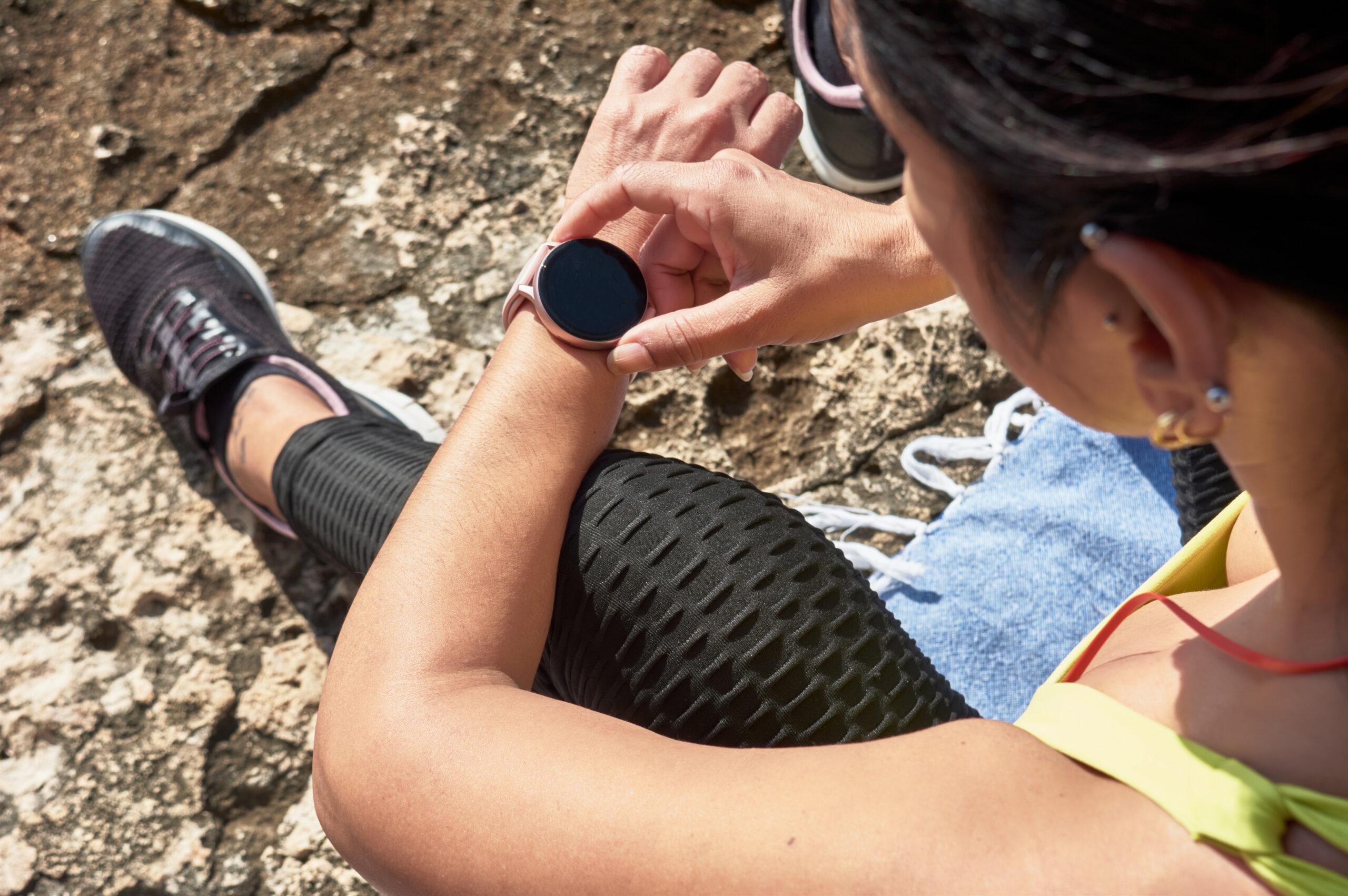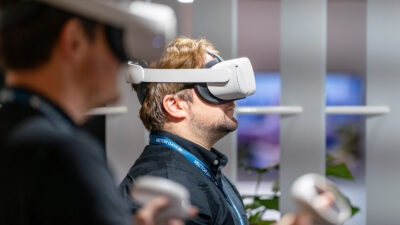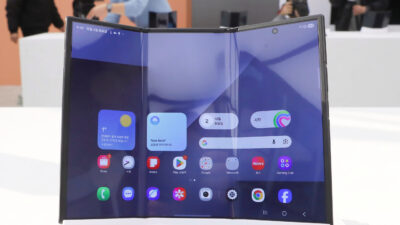Amazon, Meta Wear AI-mbitions on Their Wrists
Both Amazon and Meta have already flirted with the smartwatch space, only to ultimately abandon their initial ambitions.

Sign up for smart news, insights, and analysis on the biggest financial stories of the day.
Amazon and Meta are hoping their latest wearable moves won’t come apart at the seams.
On Wednesday, the latter Big Tech firm unveiled a prototype of a next-gen wristwatch, just a day after Amazon announced its plans to acquire wearables startup Bee to bolster its own wristband ambitions. Both firms are hoping that integrating AI will propel their tech forward in the wearables space.
Wear the Wild Things Are
Both companies have already flirted with — only to ultimately abandon — the smartwatch space, though only Amazon has actually launched a wristband before. That would be the little-remembered Halo device, a wellness-focused smartwatch designed to push the e-commerce/media/cloud computing giant deeper into the healthcare space. Like many of Amazon’s big plans in the healthcare (and devices) space, its rollout of Halo hit some roadblocks, and the company ultimately discontinued the product as part of broader cost-cutting moves in early 2023 after roughly three years on the market. Meta, on the other hand, was developing a smartwatch product as recently as 2021, according to a Bloomberg report, though by 2022, it discontinued development amid similar cost-cutting moves, according to a Reuters report.
In the interim, Meta hasn’t given up on the wearables space — it has simply preferred being its users’ eyes and ears, launching and increasingly investing in wearable augmented reality glasses. Now, both companies seem poised to jump back in, this time coating their wearables with the patina of AI innovation:
- Meta’s prototype is less a wristwatch and more a wristband (it actually doesn’t have a clock face or touchscreen at all); instead of interacting with the wristband, users interact with other devices using the wristband. Essentially, Meta has utilized machine learning trained on 10,000 test subjects to develop a wristband that enables users to interact with their desktop computer (and, presumably, one day their Meta Glasses) through hand and wrist motions, effectively transforming their hands into a mouse and keyboard.
- The wearables made by the new Amazon subsidiary, Bee, meanwhile, are already on the market at $49.99 each and come with their own AI bells and whistles. The devices, which resemble those from FitBit, use a built-in microphone and AI software to listen and transcribe conversations, create reminders and to-do lists, and perform other tasks that you may or may not find more than a little intrusive.
An Apple Watch a Day: There are many reasons, of course, for wanting to get into the wearables space (beyond whatever value might lie in always listening to and recording user interactions). In the 10 years since its debut, Apple has sold approximately 281 million Apple Watches at an estimated value of $127 billion, according to a market researcher at IDC who recently spoke with WIRED for a feature on the device’s 10th anniversary. In other words: There’s a lot of money to be made in helping people count their steps throughout the day.











